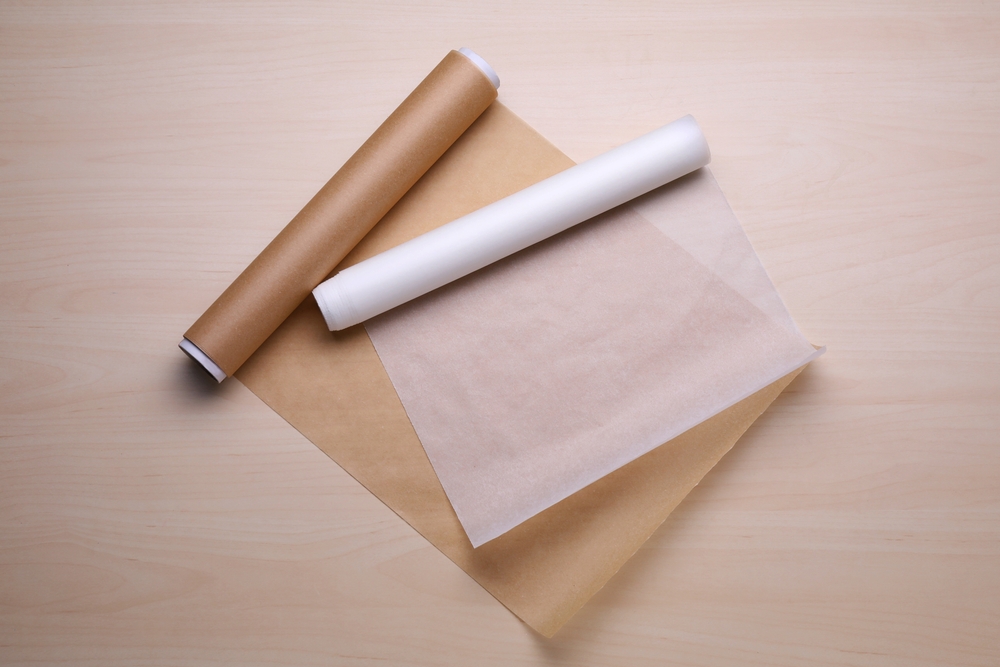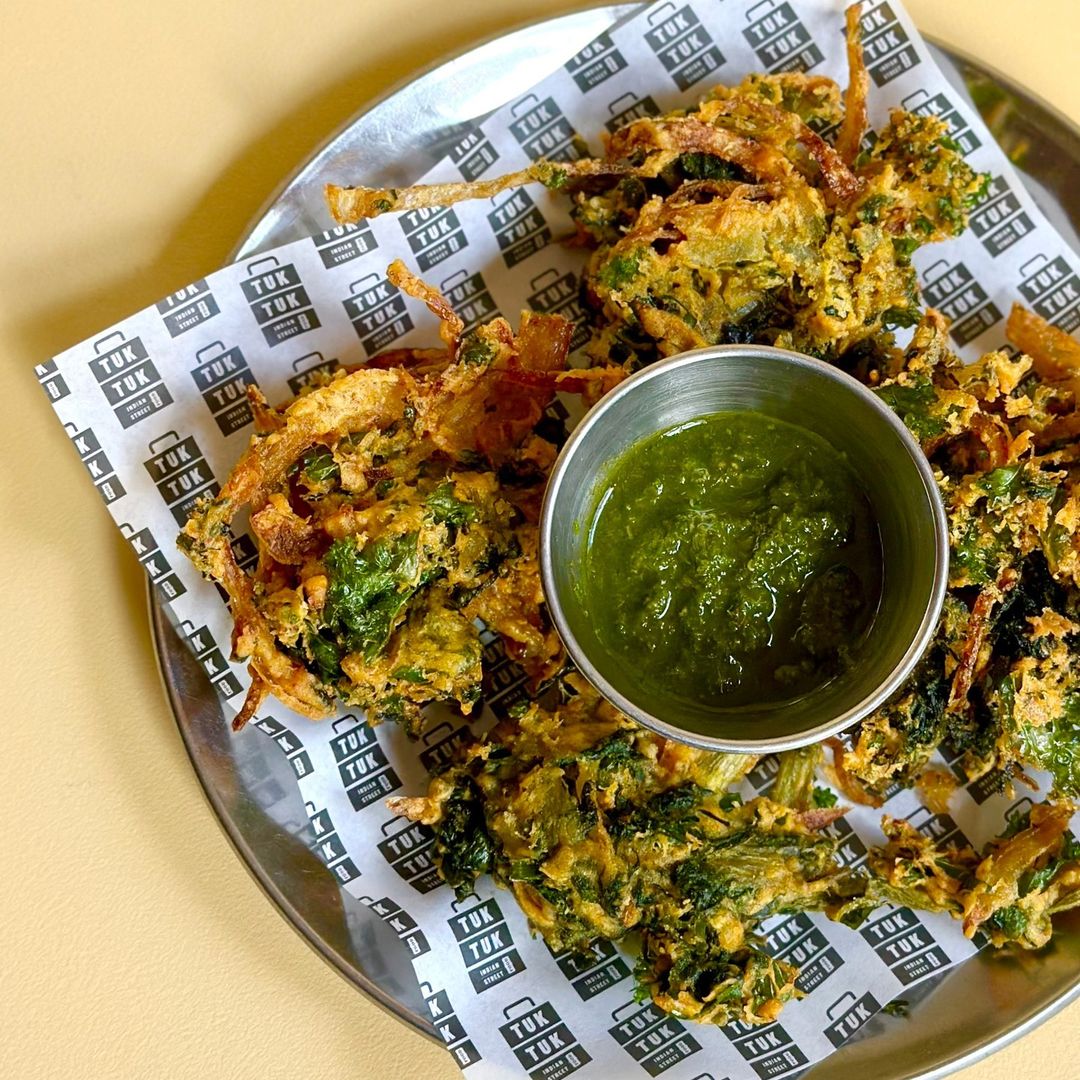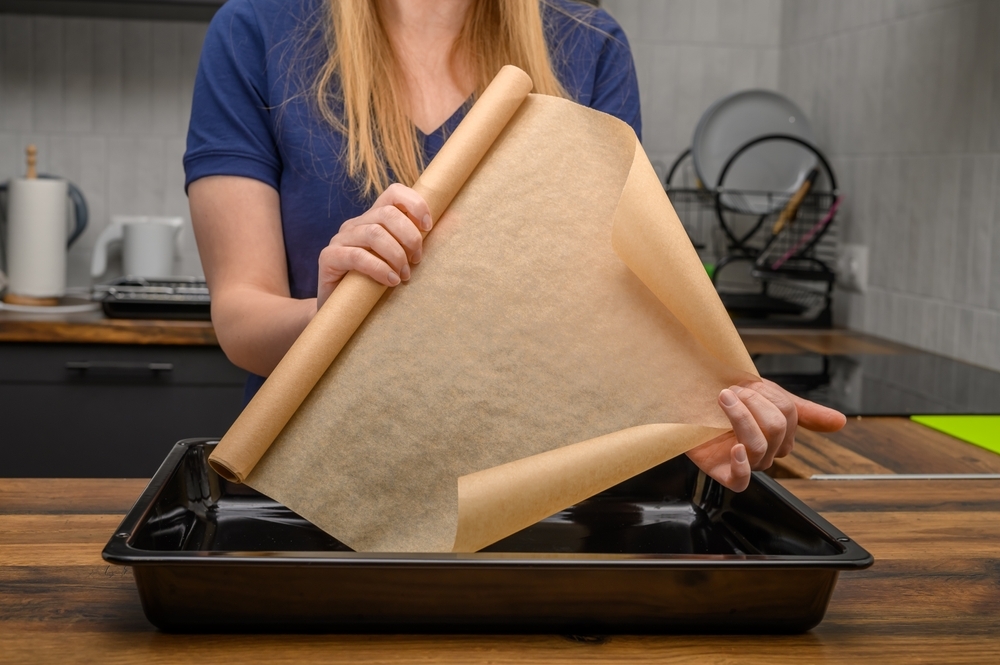A Brief History: When Was Greaseproof Paper Invented?
By Alysse Phily · 18. July 2024
The invention of greaseproof paper dates back to 1847, when French scientists Jean-André Poumarède and Louis Figuier revolutionised the kitchen by developing a chemical method for treating paper to make it grease-resistant.
This breakthrough provided a practical cooking and baking solution, leading to its widespread use.
In this article, discover the journey and impact of greaseproof paper from its inception to its modern-day applications, while answering the question: when was greaseproof paper invented?
Key Takeaways
- Greaseproof paper was invented in 1847 by French scientists Jean-André Poumarède and Louis Figuier through a chemical treatment of plant-based paper using sulfuric acid and water, providing a practical solution for grease resistance and durability in culinary applications. 🌟
- Initially used in the dairy industry to wrap butter, greaseproof paper gained popularity for its ability to preserve food and prevent spoilage. Its versatility was later recognised for baking and cooking, establishing it as a valuable kitchen tool.
- Modern advancements in greaseproof paper include enhanced chemical treatments, silicone coatings for improved non-stick properties, and research into superoleophobic surfaces for better oil repellence. Sustainable alternatives like beeswax wraps and biodegradable papers are also gaining traction.
The Origins of Greaseproof Paper
 Greaseproof Paper
Greaseproof Paper
📜 When was greaseproof paper invented? Greaseproof paper was created as a revolutionary alternative to the animal skin-based parchment traditionally used in kitchens.
The year was 1847, and French scientists Jean-André Poumarède and Louis Figuier were on the brink of a significant breakthrough.
They developed a chemical treatment process for plant-based paper, which retained many desirable qualities of animal parchment.
This innovation was driven by the need for a more accessible and cost-effective material that could provide the same grease resistance and durability.
The development of greaseproof paper marked a pivotal moment in culinary history. It not only offered a practical solution for cooking and baking but also highlighted the potential of plant-based materials.
This innovation set the stage for further advancements in kitchen papers, paving the way for the modern conveniences we enjoy today.
Next, we will examine the early development and initial uses that were instrumental in the evolution of greaseproof paper.
Early Development
The invention of greaseproof paper involved a fascinating chemical process that transformed ordinary plant-based paper into a high-density, grease-resistant material.
In 1847, Poumarède and Figuier devised a method that involved dipping unsized paper into a mixture of concentrated sulfuric acid and water.
This treatment modified the cellulose fibres in the paper, creating a parchment-like finish that was both durable and resistant to grease.
The sulfuric acid treatment was critical in imparting the unique properties that set greaseproof paper apart from other types of paper.
This high-density paper was not only capable of resisting grease but also maintained its integrity under various culinary conditions.
The innovative approach of Poumarède and Figuier laid the groundwork for future enhancements and applications, demonstrating the potential of chemical treatments in material science.
Initial Uses
In its early days, greaseproof paper found a niche in the dairy industry. It was initially used to wrap butter for storage and delivery, effectively preserving its flavour and preventing spoilage.
This application showcased the practical benefits of greaseproof paper, as it provided a reliable barrier against moisture and external contaminants, ensuring the butter remained fresh and aromatic.
The potential of greaseproof paper in the kitchen was soon recognized. In 1859, A.W. Hoffman highlighted its versatility and suggested its use in various culinary settings, including baking and cooking.
This endorsement helped greaseproof paper gain popularity among chefs and homemakers, establishing it as a valuable tool in food preparation and storage.
From these humble beginnings, greaseproof paper began its journey towards becoming an indispensable kitchen staple.
Evolution of Greaseproof Paper
 © Limepack custom branded greaseproof paper
© Limepack custom branded greaseproof paper
📈 As greaseproof paper gained popularity, it underwent significant evolution to enhance its performance and versatility.
Originally, the paper industry created grease-resistant paper by either parchmentizing or highly refining the fibres to increase their density.
This process made the paper more resistant to oil penetration, making it suitable for a variety of culinary applications.
Over time, greaseproof paper evolved from being a simple barrier against grease and moisture to a versatile tool for branding and customisation in culinary presentations.
This evolution was driven by the need for more specialised and high-performance kitchen papers that could meet the demands of modern cooking and baking.
Next, we will delve into the technological advancements and modern innovations that have led to the evolution of the greaseproof paper we use today.
Technological Advancements
The technological advancements in greaseproof paper production were marked by innovative chemical treatments and refined manufacturing processes.
A key element was the sulfuric acid treatment, which gave parchment paper its distinctive properties.
This process, first detailed in an 1874 chemistry manual, involved dipping the paper into concentrated sulfuric acid mixed with water, followed by washing in water and ammonia.
Another critical advancement was the prolonged beating of cellulose fibres to create a denser and more gel-like structure that resists oil penetration.
This method, combined with parchmentizing and high levels of refining, significantly improved the grease-resistant qualities of the paper.
These technological innovations ensured that greaseproof paper could withstand the rigours of modern culinary applications, making it a reliable choice for cooks and bakers.
Modern Innovations
Modern innovations in greaseproof paper have focused on enhancing its functionality and environmental sustainability.
🌱 One notable advancement is the use of silicone coating, which improves the paper’s non-stick and moisture-resistant properties, making it ideal for various cooking and baking applications.
This innovation has made greaseproof paper even more versatile and convenient for home and professional kitchens.
Research into superoleophobic surfaces aims to create coating paper that repels oil even more effectively than traditional greaseproof papers.
Advances in chemistry, such as superoleophobic surfaces and nanocellulose films, promise to deliver even better greaseproof properties in the future.
These modern innovations reflect the ongoing quest to improve the performance and sustainability of greaseproof paper, ensuring it remains a vital tool in the kitchen by enhancing the paper’s surface.
Applications in Cooking and Baking
In the history of greaseproof paper, it has become an indispensable tool in cooking and baking, thanks to its non-stick surface and ability to reduce the need for additional fats or oils.
Whether you’re baking a cake, roasting vegetables, or preparing a sandwich, greaseproof paper provides a reliable barrier that prevents food from sticking to surfaces and ensures even cooking.
Its versatility extends to various culinary applications, making it a must-have in any kitchen.
In addition to its use in baking, greaseproof paper is also ideal for wrapping food. We will discuss its applications in lining baking sheets and cake pans, and in wrapping greasy foods.
Baking Sheets and Cake Pans
 woman holds roll of brown baking paper
woman holds roll of brown baking paper
🧁 Lining baking sheets and cake pans with baking paper, also known as greaseproof paper, is a simple yet effective way to ensure even baking and prevent sticking.
By cutting the paper to fit the size of the baking sheet or cake pan, you can create a customised non-stick surface that makes removing baked goods a breeze.
This technique is particularly useful for baking cakes, where the paper can be cut into a circle to perfectly fit the bottom of the pan and ensure a smooth release.
Even non-stick tins benefit from the additional layer of assurance provided by greaseproof paper.
By preventing batter from sticking to the sides and bottom of the pan, greaseproof paper helps achieve perfect results every time.
This method is widely used by bakers to ensure their creations come out of the oven looking and tasting their best.
Wrapping Food
🍔 Greaseproof paper is ideal for wrapping greasy foods like burgers and sandwiches, as it prevents oil from seeping through and keeps the food fresh.
This property makes it a popular choice for food packaging, particularly for takeout and delivery items.
The grease-resistant nature of the paper ensures that the food remains intact and appetising, even after extended periods.
Customisation options have also made greaseproof paper a favourite among businesses for branding purposes.
Printed designs and logos can be added to the paper, giving it a distinctive touch that enhances the presentation of culinary goods.
Whether you’re wrapping a gourmet sandwich or a slice of cake, greaseproof paper offers a practical and aesthetically pleasing solution for food packaging.
Environmental Considerations
🌍 In today’s environmentally conscious world, the sustainability of greaseproof paper is an important consideration.
Fortunately, greaseproof paper is often compostable and biodegradable, breaking down within three to six months.
Many greaseproof papers are certified by standards like EN 13432, ensuring they are suitable for composting and biodegradation.
Using greaseproof paper helps reduce single-use plastic waste, aligning with global sustainability goals.
By choosing eco-friendly options, we can enjoy the benefits of greaseproof paper while minimising our environmental footprint.
We will discuss the biodegradability of greaseproof paper and look at some sustainable alternatives.
Biodegradability
The biodegradability of greaseproof paper depends on the materials used in its production.
Uncoated and natural versions of greaseproof paper are more likely to break down in the environment, making them an eco-friendly choice.
Greaseproof paper made from 100% virgin pulp is biodegradable and offers a sustainable alternative to plastic wraps.
Some compostable greaseproof paper can degrade within three to six months, providing an effective solution for reducing waste.
Greaseproof paper with a specialised oil protection system can be composted both commercially and at home, further enhancing its environmental credentials.
Alternatives
Eco-friendly alternatives to greaseproof paper include natural greaseproof paper, which maintains its grease resistance through tightly bonded fibres.
Beeswax wraps are another sustainable option, being reusable and biodegradable.
These wraps can replace single-use greaseproof paper for wrapping food and covering bowls.
Linen bowl covers offer a reusable and sustainable alternative to greaseproof paper, providing a practical solution for food storage.
Additionally, FSC® certified paper promotes responsible forest management, making it a sustainable choice for those looking to reduce their environmental impact.
By exploring these alternatives, we can make more environmentally friendly choices in our kitchens.
Summary
Throughout this journey, we’ve explored the rich history and evolution of greaseproof paper, from its invention by French scientists Poumarède and Figuier in 1847 to its modern-day applications in cooking and baking.
We’ve delved into the key differences between greaseproof paper and other kitchen papers like wax paper and parchment paper, highlighting the unique properties that make greaseproof paper an indispensable tool in the kitchen.
We’ve also considered the environmental impact of greaseproof paper, discussing its compostability and biodegradability, as well as eco-friendly alternatives that help reduce single-use plastic waste.
Finally, we’ve provided guidance on where to buy greaseproof paper, whether from online retailers or local stores, ensuring you have access to the best products for your needs.
Embrace the versatility and convenience of greaseproof paper in your kitchen, knowing its storied past and sustainable future.
Frequently Asked Questions
When was greaseproof paper invented?
Greaseproof paper was invented in 1847 by French scientists Jean-André Poumarède and Louis Figuier as an alternative to animal-based parchment.
What is the difference between greaseproof paper and wax paper?
The main difference between greaseproof paper and wax paper is that greaseproof paper is oven-safe and resistant to grease and moisture, while wax paper is only moisture-resistant and should not be used in the oven.
Can greaseproof paper be composted?
Yes, greaseproof paper can be composted as many types are compostable and biodegradable, breaking down within three to six months.
Where can I buy greaseproof paper?
You can buy greaseproof paper from online retailers like Amazon, specialty kitchenware websites, and local stores such as grocery stores, big-box retailers, and health food stores. Consider checking these options for your purchase.
How is parchment paper different from greaseproof paper?
Parchment paper is treated with sulfuric acid and coated with silicone, making it suitable for baking, while greaseproof paper is designed to resist grease and moisture.

